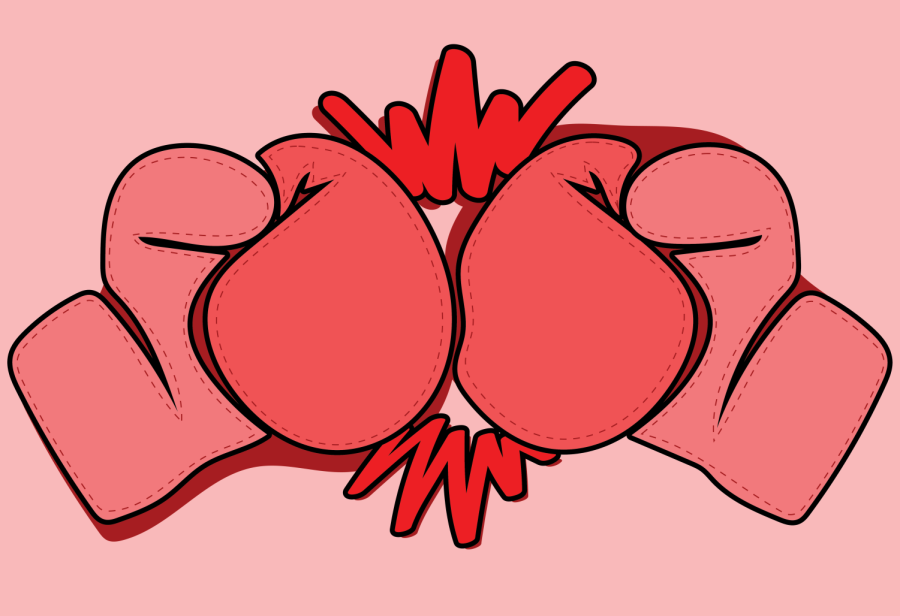On Nov. 5, boxer Aidos Yerbossynuly was put into a medically induced coma after suffering a knockout loss at The Armory in Minneapolis. This was the first loss of Yerbossynuly’s career, coming in the 12th round of a WBA super-middleweight title fight against David Morrell.
Injuries like this are not uncommon in boxing — a sport in which the primary objective is to hit your opponent in the head harder and more often than they hit you.
According to a study published in the Journal of Combative Sports, 112 boxers died due to injuries sustained from their sport from 2000–2011. That is a little more than nine deaths per year on average. In contrast, Mixed Martial Arts (MMA) see far fewer deaths. The UFC, the largest MMA organization in the world, has not seen a single death in its 29 years of operation.
According to Eugene Webster Jr., a former boxer and current ringside inspector in Wisconsin, much of the issue stems from a lack of training of the people around the fight.
“All cornermen should be CPR trained,” he said.
Webster Jr. also said it is important that cornermen know their fighters’ tendencies.

“That’s what we look for is fighter safety, an inspector should know his eyes,” he said — especially considering that fighters won’t always be forthright about their pain. He reminisced on his own boxing career, particularly times when he tried to make his corner think “I’m not hurt, when really I am.”
Webster Jr. would go on to mention the importance of training the neck and head to decrease the likelihood of concussive injury from repeated blows. However, studies on the subject have produced inconclusive results.
In a boxing match, a fighter can receive a damaging, concussive blow without the fight coming to an end. As long as they can stand and put their gloves up within 10 seconds, they can continue fighting. They might receive a hundred more heavy hits to the head after the concussive blow.
Now, compare this to a UFC fight. Punching and kicking are a huge part of the sport, however, not all contact is directed at the head. There is also the added grappling and wrestling element: getting put to sleep in a choke hold, while unpleasant, won’t have the same ramifications as repeated blows to the head.
The key difference is that, in MMA, if a fighter hits the mat, they can be followed there without any break in the fight. If a fighter hits the mat in boxing, however, they are given time to get up, shake it off and get back into the fight. While at first glance, the latter might seem like the safer of the two, it doesn’t stand up to too much analysis.
Giving a fighter time to recover only puts them in a position to injure themselves even further. In MMA, once a fighter receives that concussive blow and falls to the ground, they can continue to be hit until the referee calls a stop to the fight. While this may seem like a barbaric practice, the moment a fighter is unable to protect themselves, the fight is stopped and a winner is declared.
Plenty of MMA fights end with a fighter getting hit in the head and falling to the mat and then the opposing fighter jumping on top of them and hitting them a couple more times before the fight immediately ends.
In boxing, a fighter could receive numerous punches and get knocked to the ground in a manner that would end the typical MMA fight, and yet fight on with more punches being thrown at their heads.
The sweet science isn’t going away anytime soon. With the new wave of influencer boxing bringing younger eyes to the sport, it will surely continue on for decades to come. MMA will surely also continue to be unrightfully labeled as human cock-fighting, even if it is far safer than its predecessor.















